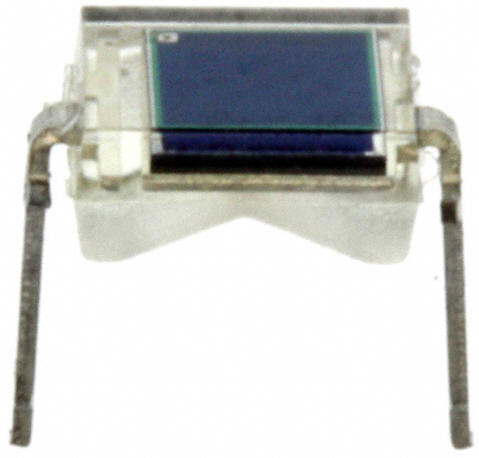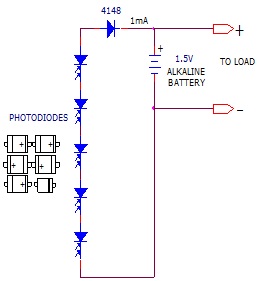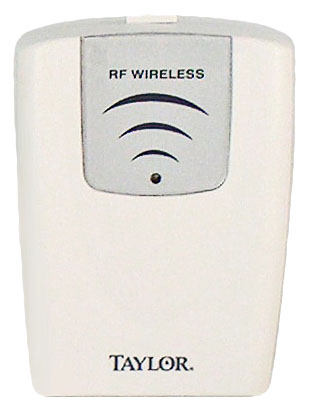| One way to
make your own miniature solar panel is to wire multiple small photodiodes in
series. The result might look something like the drawing below, which is a made
from 12 small BPW34 photodiodes. This panel is about ¾ of an inch in each
side and can produce about 6 volts at a milliamp. This may not sound like
much but for many applications it is plenty. Even smaller arrays are
possible if less power is needed. |
 |
 |
|
12 Photodiode Array |
BPW34 Photodiode |
|
| Below are
examples of some photodiodes which measure about 2mm to 3mm on a side.
Make sure you get diodes with a clear epoxy flat profile. These will
maximize the solar energy collection during the day. As in solar cells,
each device will have an open circuit voltage of about 0.5v. The current
will depend on the diode area and sunlight intensity. Figure about 1ma of
current for each 10 square millimeters. I have seen some of these devices
selling for as little as $0.25 each. |
|
|
| Just as in
the larger panels, be sure to insert a small signal diode between the photodiode
array and any battery or super capacitor being charged. The diode will
prevent current from leaking back into the array at night. |
| What can you
do with one of these devices? Many could be used to power a remote sensor of
some kind. Some Zigbee RF systems are so efficient that very little average
power is needed. Remote temperature, pressure, flow or current sensors could
all be powered by a small solar panel. Another application is to extend the
life of a battery powered device. Rather than use a battery large enough
to last 5 years or more, a small solar panel could be used in conjunction with a
small rechargeable battery, super capacitor or even a non-rechargeable alkaline
or lithium battery. As an example, an outdoor clock might be powered by a single
1.5v AA alkaline cell. Such a battery might run the clock for a year or
so. That works out to an average current of 0.2 milliamps or 5.5
milliamp-hours per day. A photodiode array made of 5 photodiodes in series
and a 1N4148 series signal diode connected to the battery, would pump about 1ma
of current into the battery during the day and might allow the battery to
operate for 5 years. |
 |
 |
|
Outdoor Clock |
ZigBee RF System |
|
 |
 |
|
Solar Powered 1.5v Battery Charger |
Remote Temperature Sensor |
|